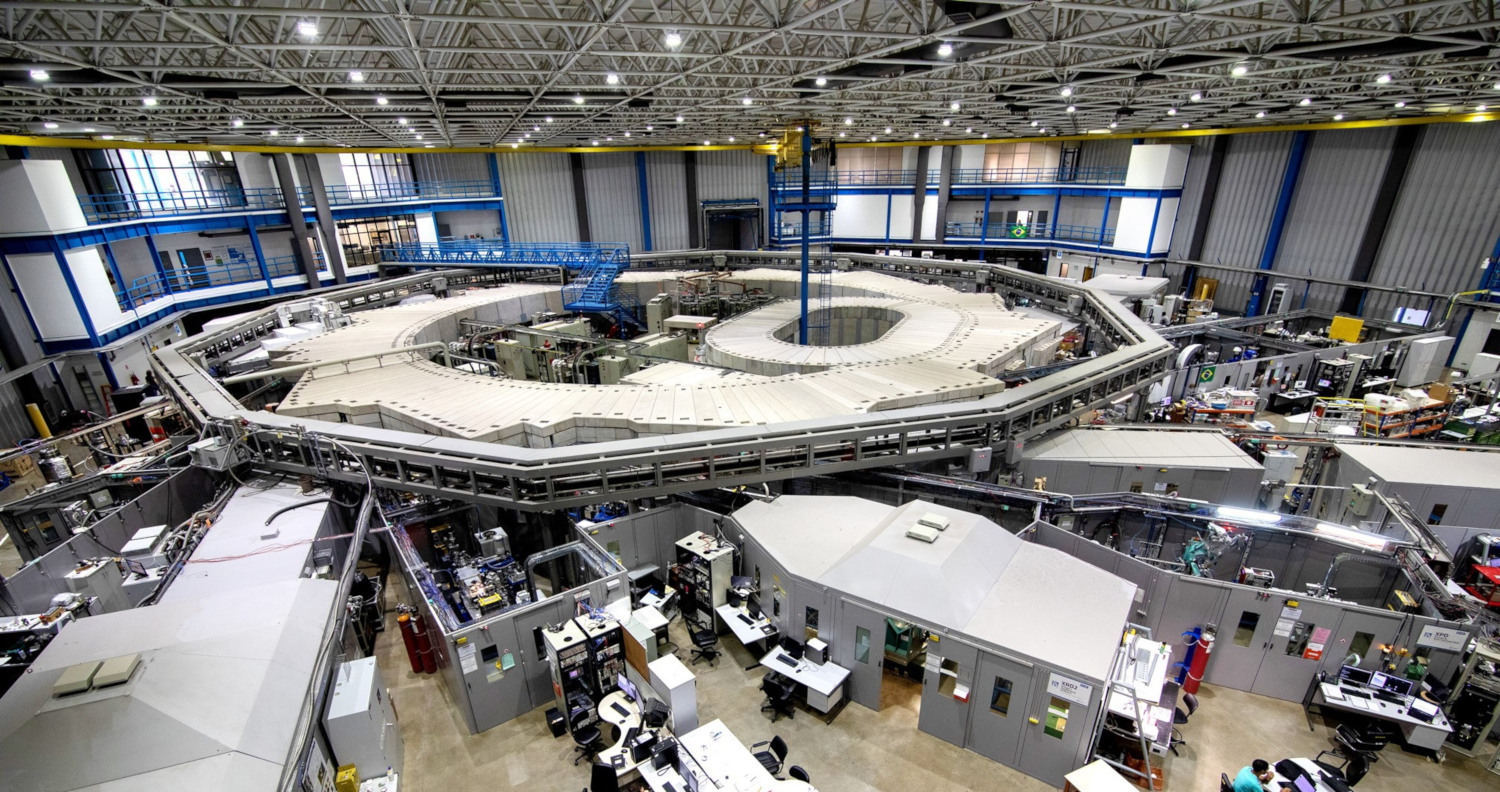In 1987 the construction project for the first large Brazilian scientific infrastructure was initiated, planned as a multi-user laboratory open to the scientific community, the Brazilian Synchrotron Light Laboratory, LNLS. Between 1987 and 1997, LNLS developed the technology for the construction of the first synchrotron light source in the Southern Hemisphere, called UVX.
During its operation, the synchrotron light source UVX allowed experiments with various techniques for microscopic analysis of matter using infrared, ultraviolet and X-ray radiation, benefiting annually approximately 1200 Brazilian and foreign researchers.
On August 2nd, 2019, the UVX synchrotron light source closed its operation for user research activities.

